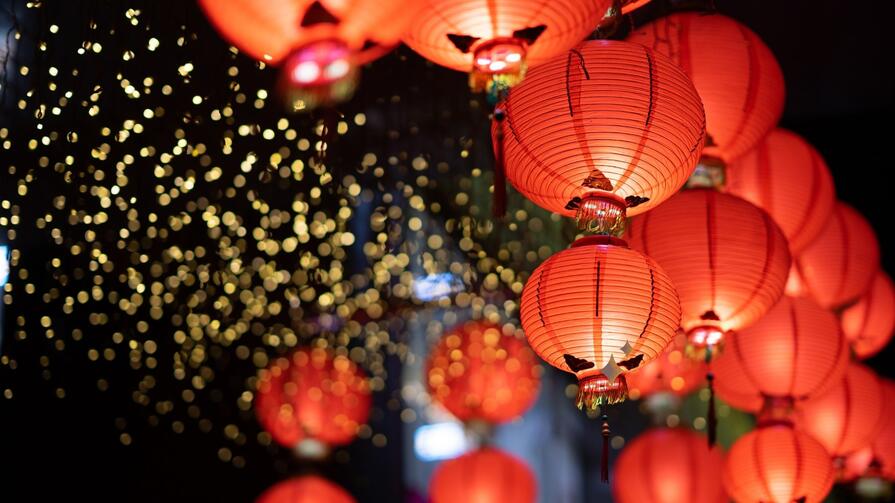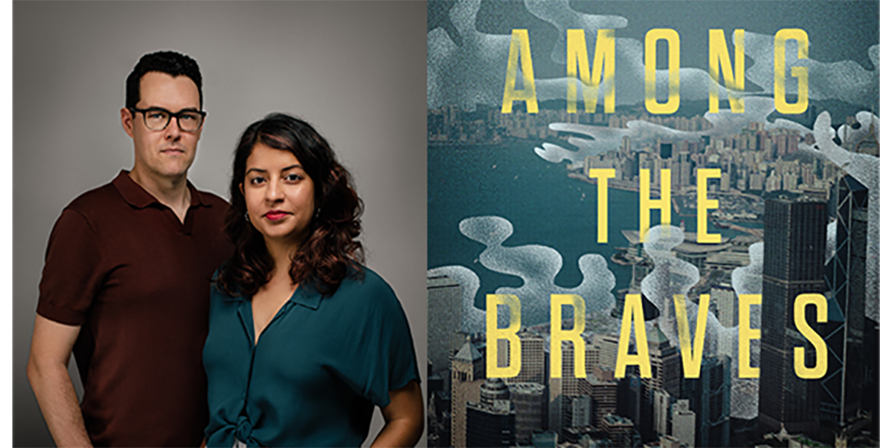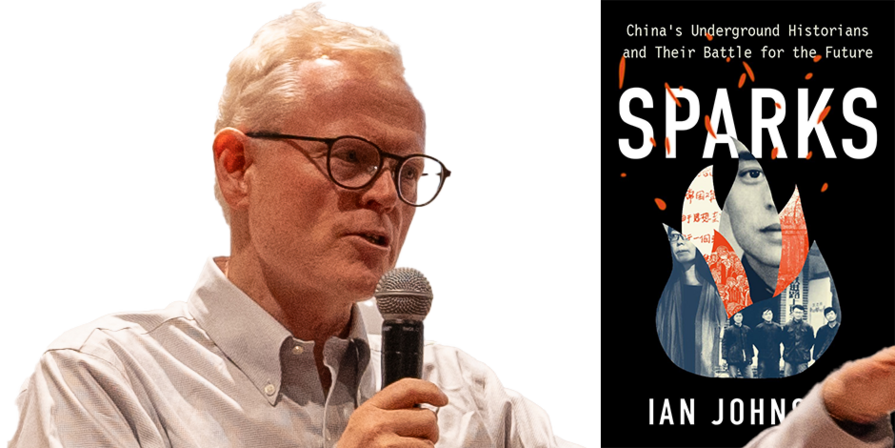This article was originally published by the USC Gould School of Law on January 12, 2007
On the surface, the criminal justice system in China looks much like that in the United States. Police investigate, prosecutors file charges, and the case goes to trial before a judge or panel.
In a lunchtime talk hosted by the USC Law Asian Pacific American Law Student Association, Ronald Cheng, a U.S. State Department employee who works in China to aid its reform, said the system is quite different.
“In reality, the public security organizations hold all the cards,” Cheng said. “They have the power to arrest without a warrant from the court or any outside people until they actually decide to present the case. They have pretty much unfettered power to collect evidence – again, without judicial permission…. They make arrests, interrogate suspects.”
Unlike the informal relationship between police and prosecutors in the U.S., Cheng noted, police in China operate on their own and send the completed case to prosecutors, who press charges. There is virtually no pretrial activity in China: no grand juries, no preliminary hearings, no motions to suppress evidence, Cheng said.
At trial, the defendant sits in a chair in the center of the courtroom before a panel of three judges, who interrogate the defendant.
“There is no right to silence, there is no protection against self-incrimination,” Cheng said.
The first question is usually whether the defendant committed the crime. The common answer is “yes,” Cheng said, even for the 20 percent of defendants who have defense lawyers. Witnesses virtually never show up to trial, and evidence consists of documents displayed on an overhead projector. China has a 99 percent conviction rate.
Cheng’s role in the U.S. embassy in China is Resident Legal Advisor, a position created with the support of the Chinese government. The most important part of Cheng’s job, he said, is to promote criminal justice reform in China.
“I try to serve as a resource to people who are interested in reform in the country,” Cheng said.
Cheng also promotes law enforcement cooperation between the U.S. and Chinese governments, which do not have an extradition agreement but have seen their criminal ties grow along with their political and trade relationships.
“We may not get to the point of an extradition agreement, but perhaps we can start to regularize the methods that exist to deal with who we are trans-nationally,” Cheng said.




